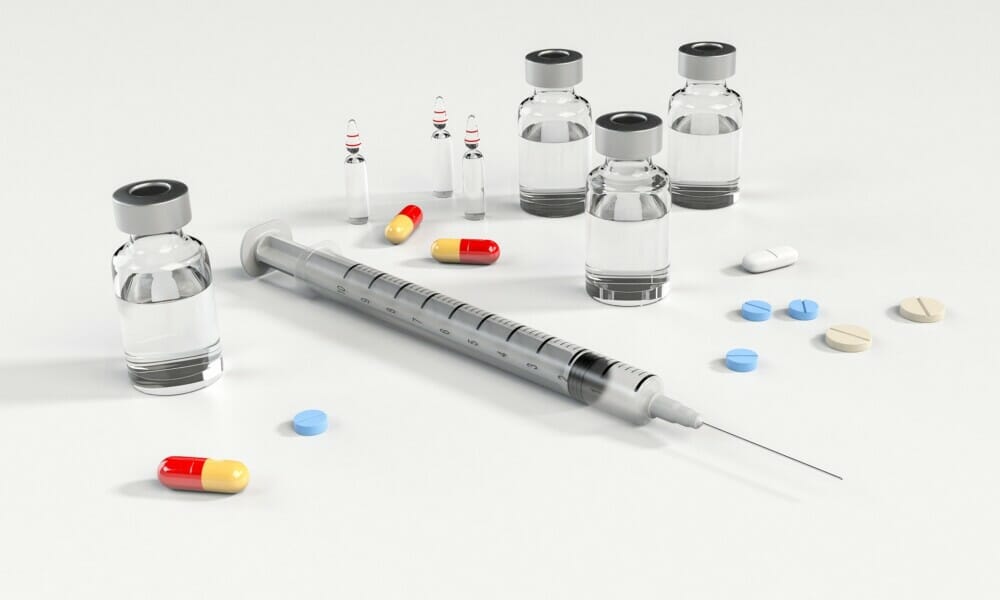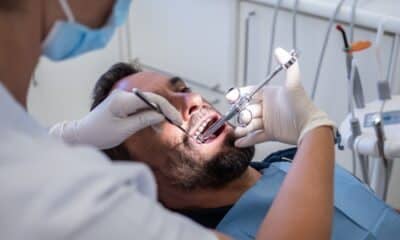The Most Common Injuries We All Face Due To Medical Negligence
When we require hospital care, we all wish for the best treatment. Unfortunately, this is not always the case. According to NHS Resolution’s latest report for 2019-20, there were 11,682 new clinical claims and reported incidents, with a cost of harm totaling £8.3 billion, although this was a decrease from £8.8 billion in 2018-19.
Medical negligence can manifest in various ways, therefore, it is crucial to understand how these injuries happen, what they entail, and how frequently they occur.
Reasons for Medical Negligence
Becoming a medical professional requires hard work and dedication, but like everyone, caretakers can make mistakes. Negligence-related errors can have long-lasting effects with potentially life-changing outcomes.
Common areas where medical negligence can occur include:
- Medication errors
- Anesthetic errors
- Missed or delayed diagnoses
- Avoidable treatment delays
- Lack of post-treatment monitoring
- Technical medical errors
The list is not exhaustive, as various other factors can contribute to medical negligence. Communication breakdowns, inadequate information transfer, and insufficient staffing levels are additional examples of issues that may lead to medical negligence.
 Image by Klaus Nielsen via Pexels[/caption>
Image by Klaus Nielsen via Pexels[/caption>
Types of Injuries Resulting from Medical Negligence
While seeking medical care, the last thing one expects is to suffer additional injury or illness, but unfortunately, these incidents can occur.
In cases of medical negligence, some of the most common issues individuals may encounter are:
- Infection – Often caused by issues with contamination or sterilization at the medical facility.
- Overdose – Ensuring correct medication dosages is crucial as incorrect amounts can lead to adverse reactions.
- Incorrect incisions or treatments on the wrong patient – Administrative errors can result in patients receiving unnecessary or incorrect procedures.
- Death – In severe cases, surgical errors, medication mistakes, or device malfunctions can lead to fatal outcomes.
 Image by Sora Shimazaki via Pexels
Image by Sora Shimazaki via Pexels
Frequency of Medical Negligence Incidents
According to a 2019 University of Manchester study, at least one in 20 patients experience preventable harm in medical settings.
Approximately 12% of preventable harm cases lead to permanent disability or death, with issues predominantly related to drug incidents, therapeutic management, and invasive clinical procedures.
Featured Image by Arek Socha via Pixabay
















